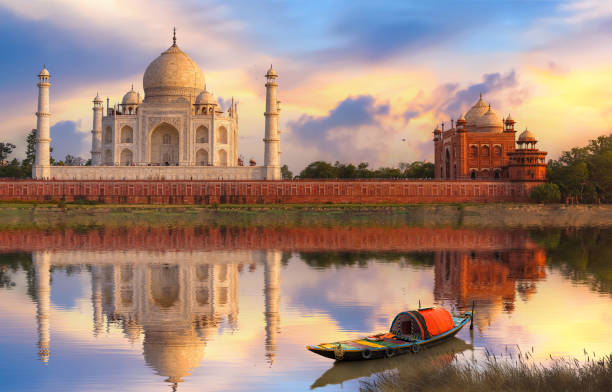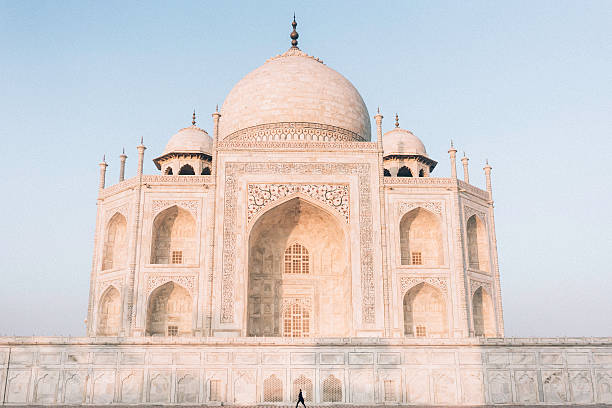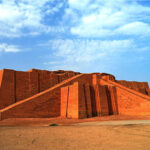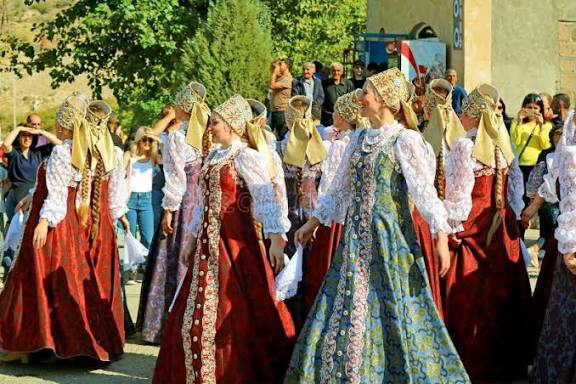We are going to talk about a building or palace in India which represents the highest example of beauty, love, and art. India is identified with that building. It will not be less, which is called the Taj Mahal.Bollywood’s new film “The Taj Story” has sparked a fresh debate about the Taj Mahal. We will discuss this in detail.
Apart from the arrival of the Mughals in India, most of the Muslim rulers came from Afghanistan and Central Asia. They ruled India at different times. They influenced the people of India not only with their religion but also with their political mentality, culture, and languages. The ideology of Islam was a foreign concept for the people of Sindh or India. How people adopted it or were forced to do so is a separate discussion. However, let us talk about the Taj Mahal itself. Before discussing the Taj Mahal, we will comment on the arrival of the Mughals in India and their political, socio-economic, cultural, and religious perspectives, strategies, and behavior.

The arrival of the Mughals in India
Babur, a native of Uzbekistan, defeated the Afghan-origin Lodhi dynasty in the Panipat region of India in 1526 and became the new ruler of India. Babur conquered India and established his new empire. After Babur’s death, his son Humayun ascended the throne. After Humayun, King Akbar ruled India. He was also very popular. Later, Jahangir, Shah Jahan, and Aurangzeb Alamgir ascended the throne one after another.
Babur’s era
Zahir-ud-Din Muhammad Babur (1526 to 1530)
Zahir-ud-Din Muhammad Babur took advantage of the conflict and unrest among the people, defeated the ruler of the Lodhi dynasty, and established his rule in India. After ending the Lodhi dynasty, Babur fought wars with the local armies of India and defeated them.
Nasiruddin Humayun (1530 AD – 1556 AD)
Sher Shah Suri defeated Humayun in war, and Humayun left India. Later, he returned and regained power.
Jalaluddin Akbar the Great (1556 AD – 1605 AD)
Akbar ascended the throne at a young age and quickly established a strong central government. To ensure better administration, he divided the empire into provinces and promoted an effective justice system throughout his reign. During this time, the emperor introduced important social reforms that improved agriculture and strengthened the tax system. He also encouraged trade and industry while developing art and construction. At the same time, Akbar supported religious tolerance and created a new system in the name of religion. Through this system, he aimed to unite all Hindus, Muslims, Sikhs, Christians, Buddhists, Jains, and followers of other religions in India.
Nuruddin Jahangir (1605 AD – 1627 AD)
Jahangir ruled with justice and allowed the British to trade.
Shah Jahan (1628 – 1658)
His reign marked a special period of art and architecture. He built the Taj Mahal.
Aurangzeb Alamgir (1658 – 1707)
Aurangzeb ruled as a strict religious extremist. He imprisoned and killed his father Jahangir and his brother Darashkoh. He also executed the Sufi Sarmad.
Mughal era buildings
The Mughals combined Timurid, Afghan, and Indian styles in their buildings and blended colors and forms beautifully. They gave their buildings an Indian style so that these structures could remain strong according to the local climate. In addition, the Mughal kings mostly allied with Hindus and Rajputs, which led them to incorporate Indian styles into their architecture and craftsmanship.
Taj Mahal
The Taj Mahal stands as a beautiful and magnificent building in the city of Agra, India. This building serves as a beautiful tomb that Shah Jahan built in memory of his beloved wife Mumtaz Mahal. Mumtaz’s real name was Arjumand Banu Begum. She died during the birth of her 14th child. Shah Jahan felt deep sorrow and built the Taj Mahal in memory of Mumtaz.
The construction of the Taj Mahal began in 1632, and builders completed the palace within about 22 years. The construction of the palace finished in 1653. Twenty thousand carpenters worked on its construction. Ustad Isa Effendi, an architect from Turkey, led the work. This palace stands on the banks of the Yamuna River. In the center lie the tombs of Mumtaz Mahal and Shah Jahan. The Taj Mahal displays the art of Islamic, Persian, Turkish, and Indian architecture.
The Claim of a Temple About the Taj Mahal
There is one opinion about the Taj Mahal that this palace was built by modifying a temple. An Indian writer P.N. Ock first claimed that the Taj Mahal is not actually a monument but an old temple. P.N. Ock wrote in his book “Taj Mahal, a True Story” that the Taj Mahal was actually Tejumahalia, which was attributed to Lord Shiva. According to him, Shah Jahan used this place as the tomb of his wife.
Ock presented his arguments based on the architectural style, language, structure, and art of the building. He claimed that some rooms inside the Taj Mahal are sealed and contain relics of Hinduism.
Official and Historical Response
The Archaeological Survey of India clarified that the Taj Mahal is a Mughal-era building built by Shah Jahan. According to the organization, all records and signs belong to the Mughal period. A case was also filed regarding the Taj Mahal based on P.N. Ock’s book, claiming that it was a temple.
Cases Filed in Indian Courts to Declare the Taj Mahal a Temple
For the first time in the 1990s, some groups claimed that the Taj Mahal is a temple. One group even filed a petition in the court. However, the Allahabad Court rejected both cases, including the one that reached the Supreme Court of India.
In 2017, the Archaeological Survey of India stated in the court that the Taj Mahal is not a temple but a shrine.
For the third time, in 2022, an Indian activist Rajneesh Singh filed a new petition in the Allahabad High Court. In this petition, he demanded that the 22 rooms inside the Taj Mahal should be opened so that the truth could be known.
Opinion About the 22 Rooms
According to the Archaeological Survey of India, in both 2017 and 2022, these 22 rooms have no connection with any temple.

The Conflicting Positions on the Taj Mahal
It should be noted that the subcontinent has always been a mixture of different races, nations, and cultures. Therefore, the ideas and architectural styles were different but remained harmonious with each other. This harmony appears clearly in Indian construction and design styles.
I believe that the Taj Mahal should not be compared to the Babri Masjid, which was built by demolishing a temple. The Taj Mahal has its own separate existence. If any symbol or design within it resembles Indian or Hindu style, it should be viewed as part of architectural harmony.
There are many such buildings, temples, and shrines in Sindh and India that look harmonious with one another. Many temples in Sindh resemble mosques, and some mosques resemble temples. The shrines of Sufis also look like temples.
I present a small example to you. The Sadh Mandir, built on the Sadh Forest on an island in the Indus River in the city of Sukkur in Sindh, was constructed in honor of the Nepalese citizen Baba Bakhtandi Maharaj. It is a temple, but its construction style follows the Kirat religion of Nepal. So, should we now claim that the Sindh Sadh Bela Temple is a place of worship of the Kirat religion? This practice is not appropriate.
Every building should be properly examined and researched before making any decision. We should appreciate the harmonious symbols seen in historical buildings. This harmony should be welcomed and considered a sign of cultural unity. We should neither doubt it nor pave the way for its demolition.
Writer: GM Leghari










